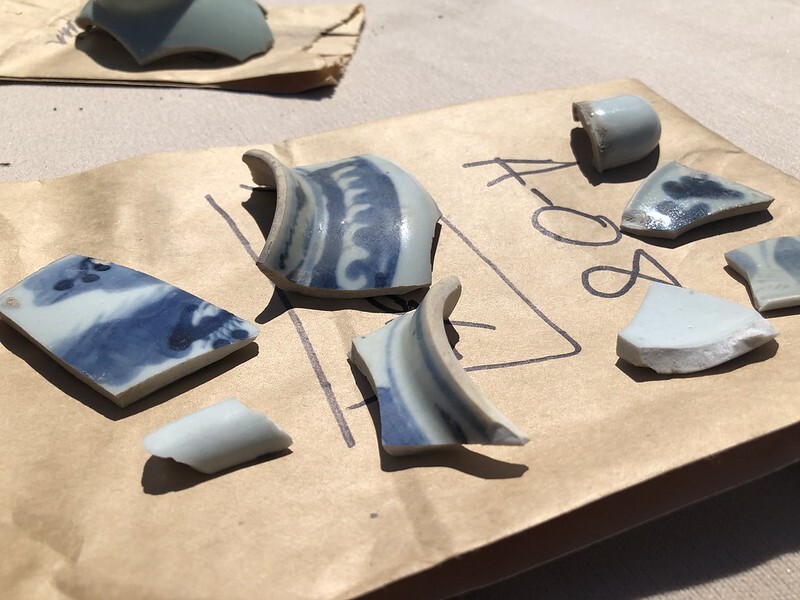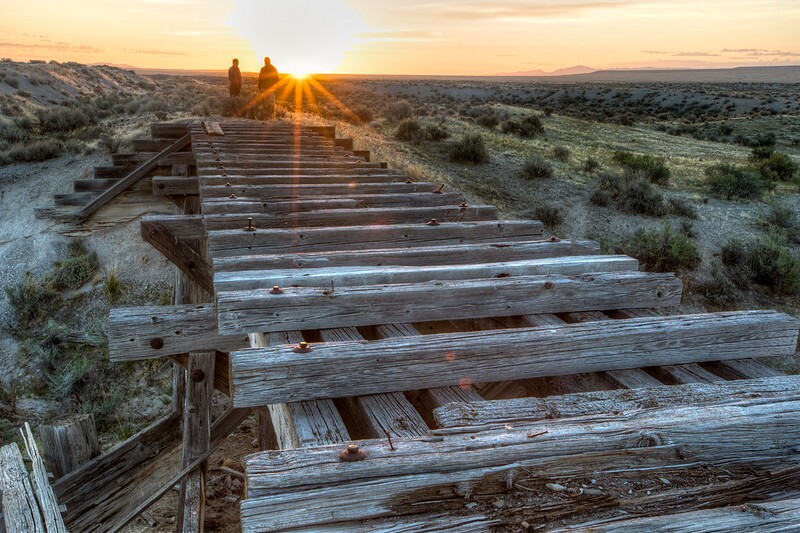TERRACE, Utah — Roughly 60 miles southwest of Snowville lays a stretch of barren Utah desert. What may surprise many is the fact that the site is an archaeological treasure trove. It's home to what was once Terrace, Utah, a town of about 1,000 people during its heyday in the late 1800s.
“Terrace is one of the largest townsites along the stretch of the central pacific grade we have here in Utah," said Michael Sheehan, the lead archaeologist for the Salt Lake field office of the Bureau of Land Management (BLM). "It was a major maintenance facility for the railroad.”
Excavation work is underway at Terrace — organized by the BLM, Utah State Historic Preservation Office, and the Chinese Railroad Workers Descendants Associationas part of the Passport in Time project.
At its peak in the 1870s, Terrace was home to an ethnically diverse population with many Chinese immigrants settling in the town to help construct the transcontinental rail system that connected the east and west coasts of the U.S. at Promontory Point.
WATCH: Preparations underway for this month's Golden Spike Celebration
“We’re finding a lot of ceramics. Those would be used largely for food consumption," Sheehan said. "We find a lot of ceramics that are related to food storage. Yesterday we found a portion of a spoon in this dugout that’s behind me.”
Sheehan said the artifacts are helping to piece together the story of what life was like for both the European Americans and Chinese immigrants who called Terrace home.
“The archeological work is giving us a very clear picture of how the various and sundry ethnic groups worked together," he added. "The Chinese, the Euro-Americans they lived and worked together for 30 or 40 years.”

The site is also helping to teach the descendants of the Chinese railroad workers the importance their ancestors played in connecting the continent.
“We have been ignored and discriminated against in the early part of the 19th century," said Rep. Karen Kwan, D-Taylorsville, who is also the president of the Chinese Railroad Workers Descendants Association. "But today what we are doing is honoring our ancestors, and to be a part of that is phenomenal.”
The excavation site is open to the public, but the BLM asks that anyone who visits does so responsibly. That means leaving artifacts where you find them so archaeologists can continue to learn more from the historic and important site.
The BLM has also created a way for the public to see and learn about the various railroad towns on the transcontinental railroad byway on their own time. It's called Travel Storys, and it's programmed with geo-tagged stops that will automatically play when you arrive at the location.



